Gaston Ugalde
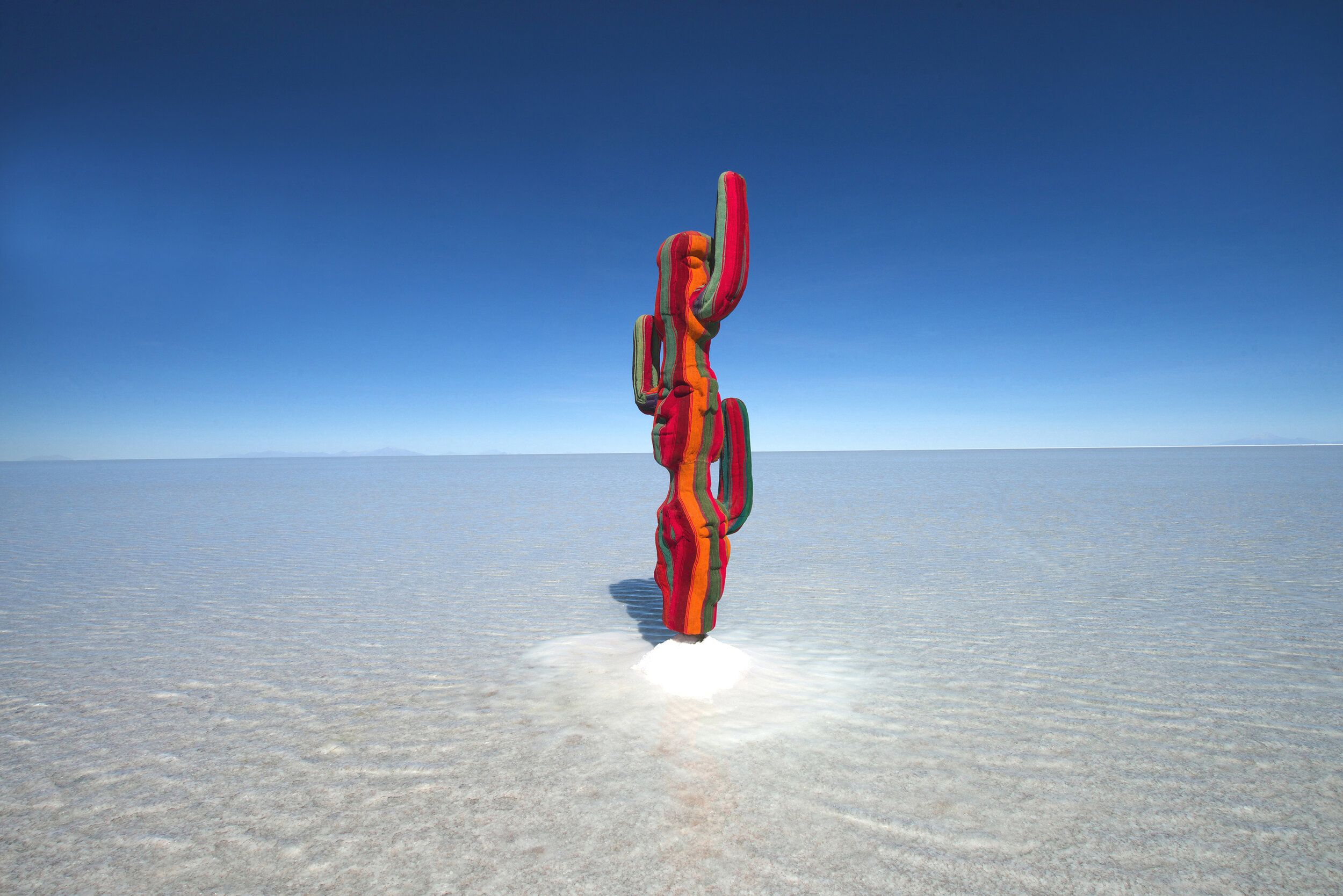
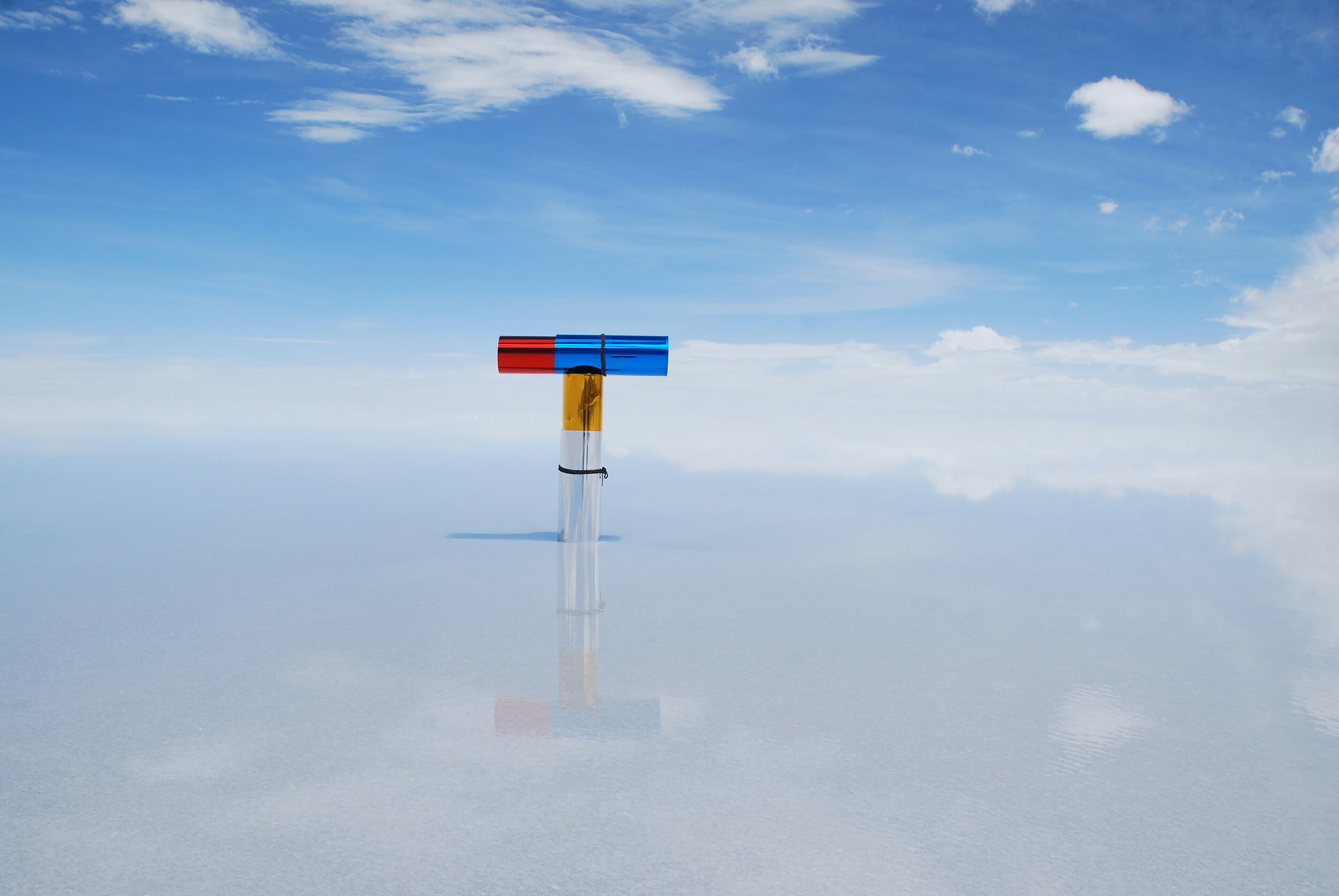
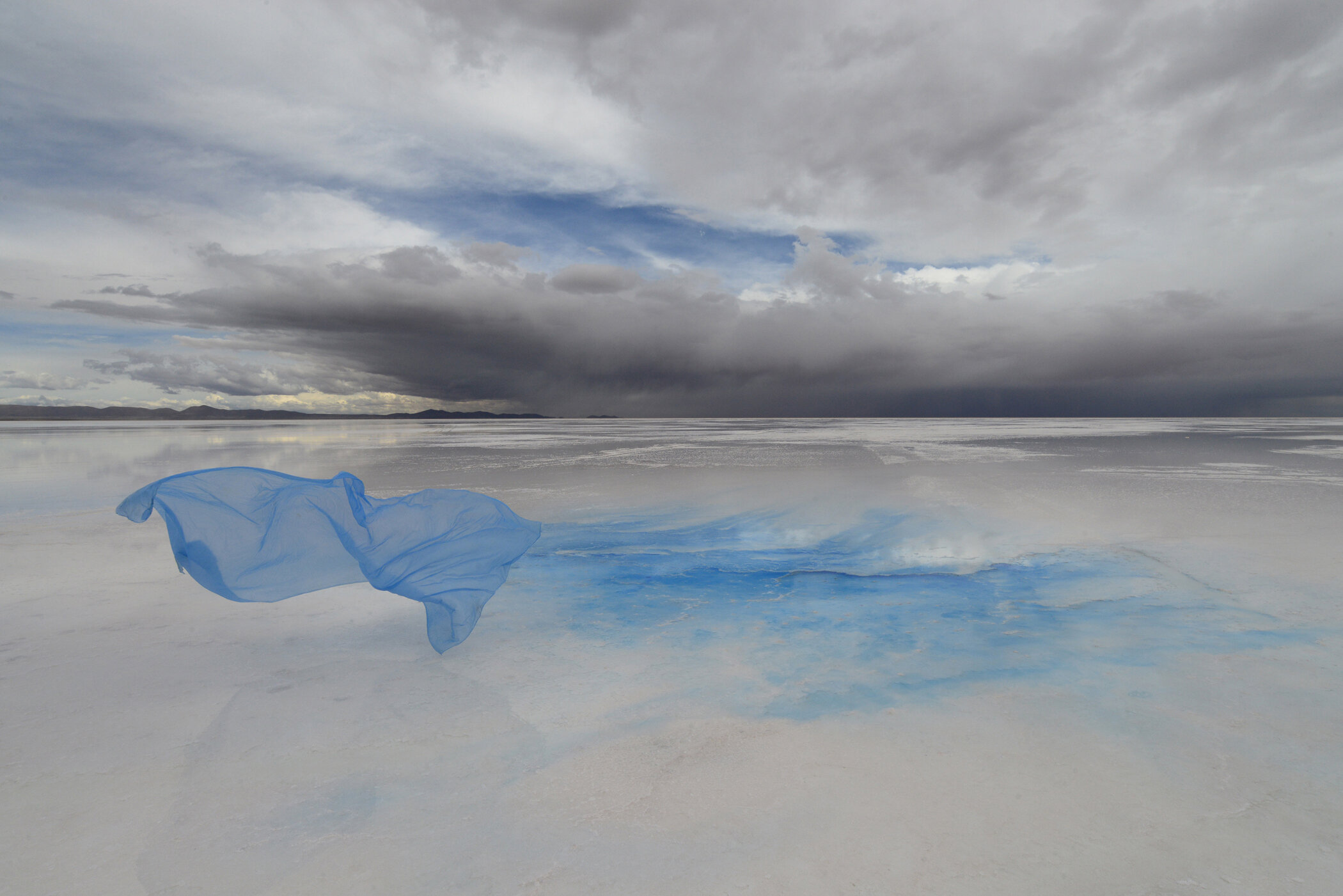
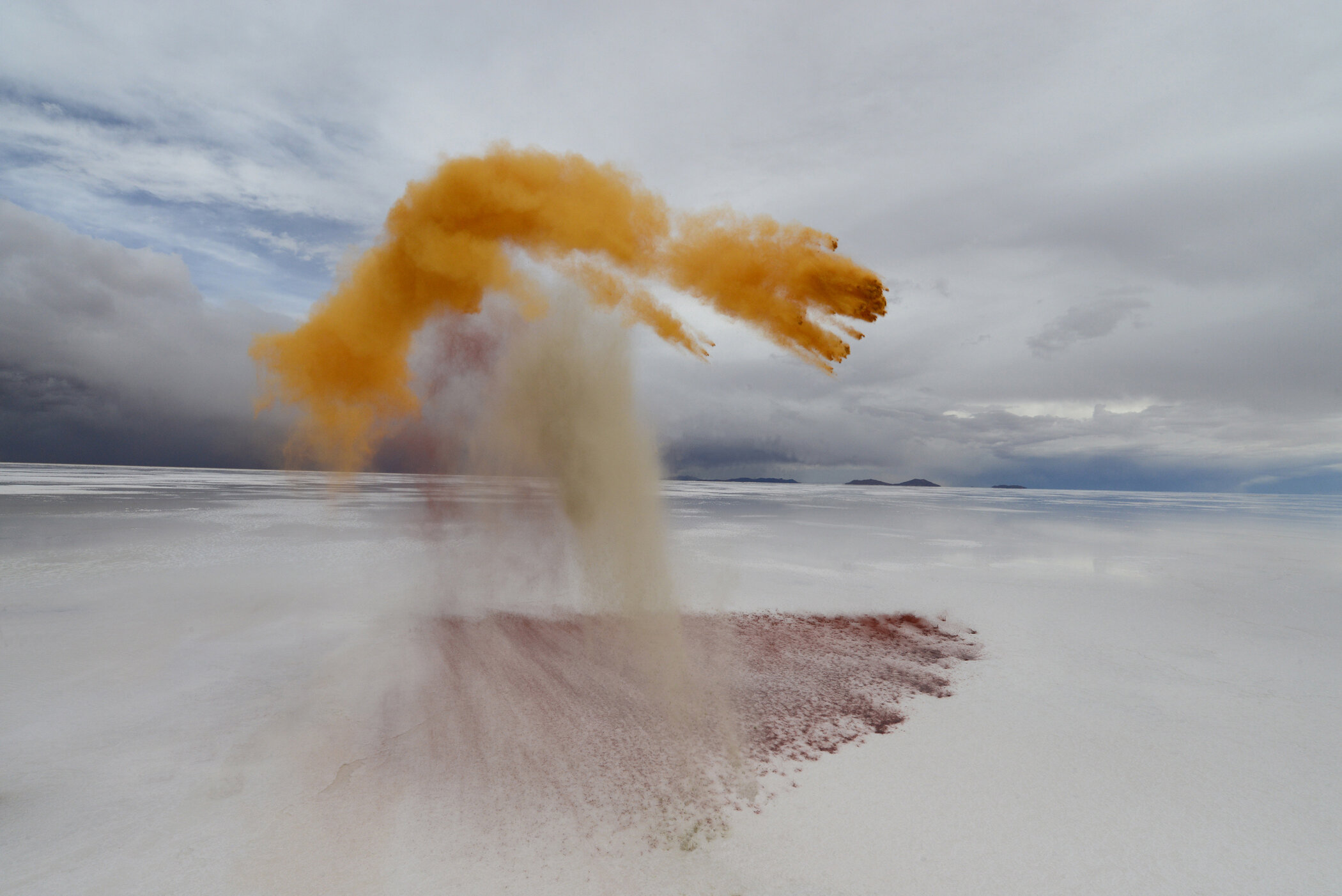
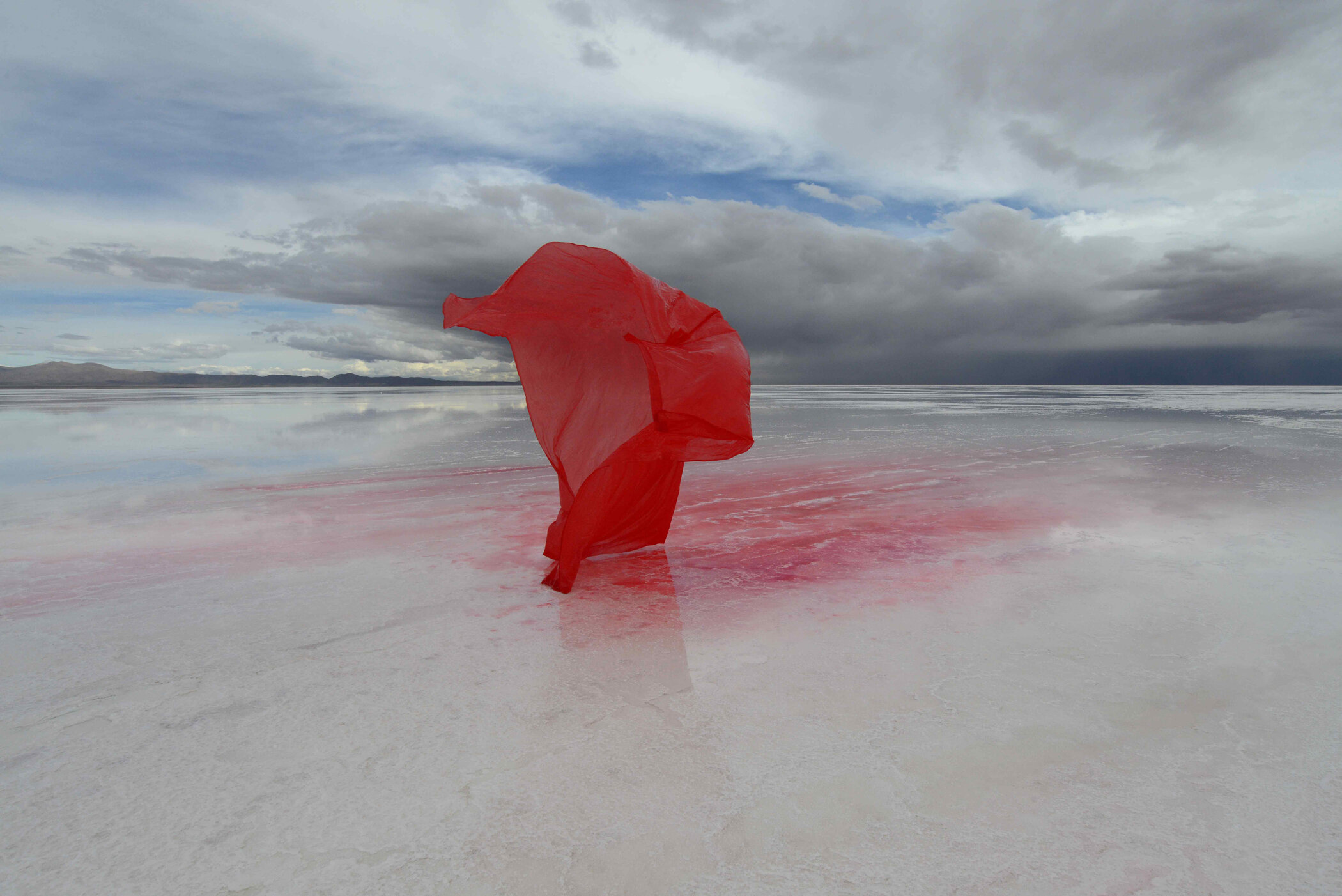
Art and Territory
We are extremely pleased to present the works of Gastón Ugalde, Bolivia’s best-known contemporary artist. Born in the city of La Paz in 1944, Ugalde celebrates 50 years of his artistic career in 2016 with Boston being one of the many places where activities have been planned. An “enfant terrible” of his local art world for the subversive nature, both conceptually and materially, his artwork is grounded by an extensive and eclectic education, which includes a degree in Architecture from the Universidad Mayor de San Andrés in La Paz as well as a degree in Economics and Political Science from Simon Fraser University in British Columbia, Canada.
Ugalde works within a diversity of media including painting, photography, sculpture, architecture, video installations, and performances. The gallery exhibit will include paintings, photographs, mixed media pieces and a video installation.
Critics refer to him as the Andean Warhol. His work is deeply rooted in Bolivian traditions and is filled with socio-political references. He explains, “It is impossible to ignore the every day strong dynamic of socio-anthropological, political Bolivian way of life over the last six decades and this is reflected in the work I have produced. It is important for me to cover geographic territories…transforming the landscape with minimal use of materials.”
Inspired by the unique geography and visuals of the Bolivian plateaus, as well as their socio-political associations, Ugalde’s photographic series of the Salar de Uyuni salt pan is weighted in social and political context. Bolivia is home to part of the Andes mountain range, that has at its crest the world’s largest salt pan. This salt pan is one of many prehistoric lakes that, over thousands of years, has been crusted over with salt now spanning over 10,000 square kilometers. As a result, the pan is exceptionally flat and is an ideal transport route across the Bolivian plateau. This salt pan is the backdrop into which Ugalde inserts people and objects to intervene with the activities of travel and excavation.
In addition to the Bolivian landscape, Ugalde uses the plants and fabrics inherent to traditions within Andean culture, and transforms them into contemporary collages, photographs and installations that speak of commerce, politics and spiritual (dis)connectedness. By combining the history and geography of his country with creative intervention and juxtaposition, he is able to pose universal questions to his audience about their connection to humanity.
Internationally renown, Ugalde has exhibited at the most important biennales such as Venice in 2009, 2001; Sao Paulo 1978, 1981, 1985; La Havana 1986, 1999. Since 1972, he has had 81 solo shows and has had his work in over 160 group exhibitions. A new monograph, Art and Territory is currently in production.
